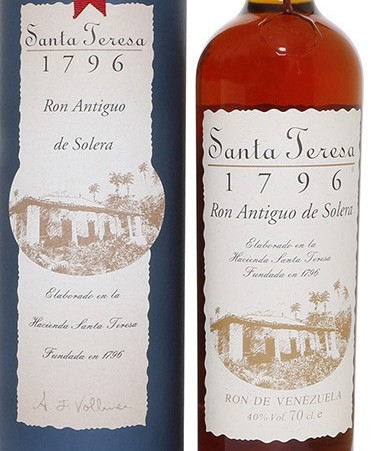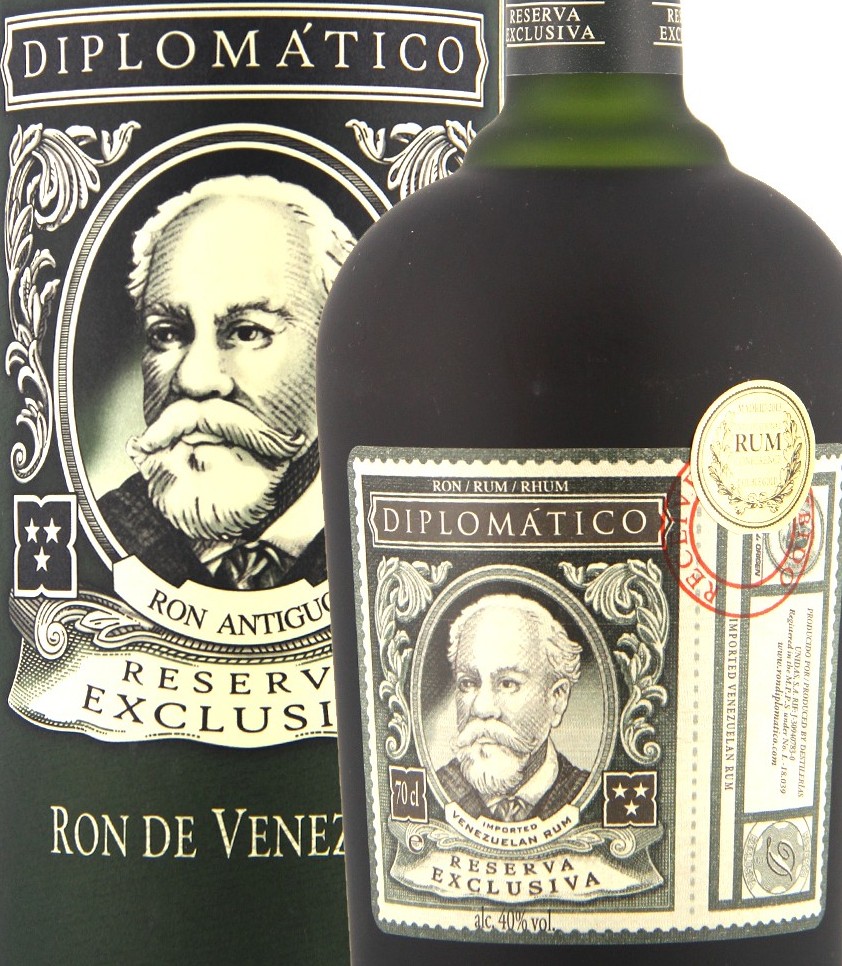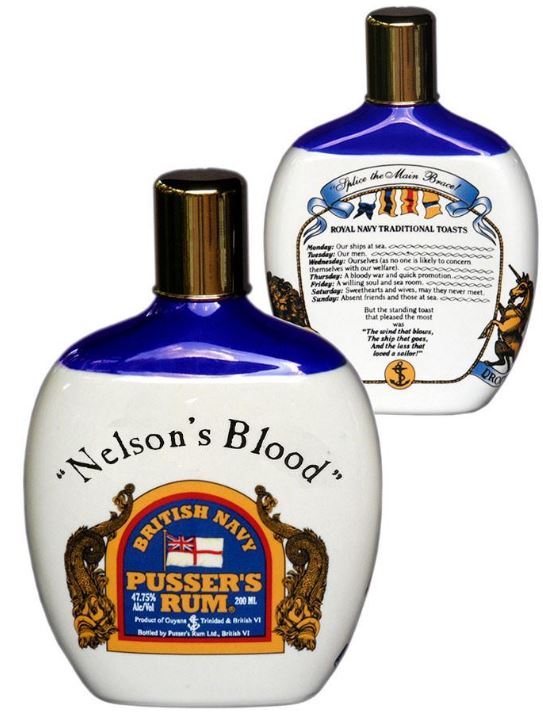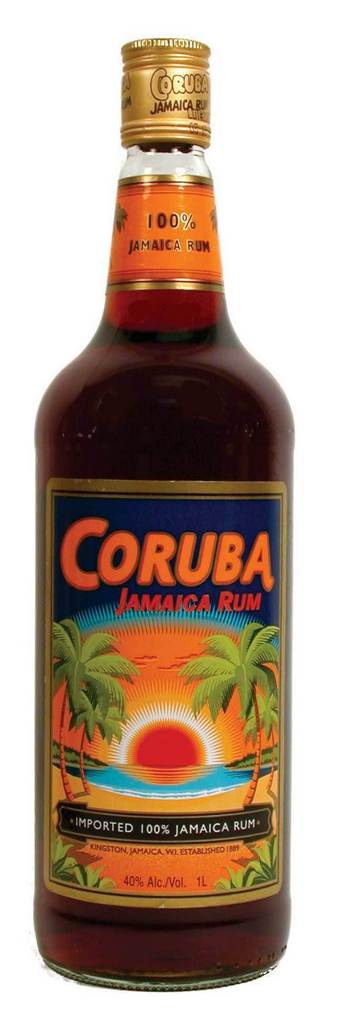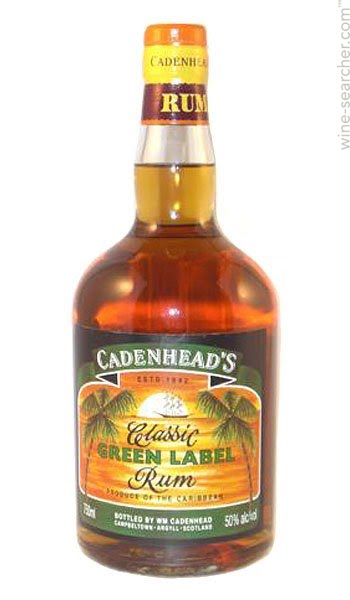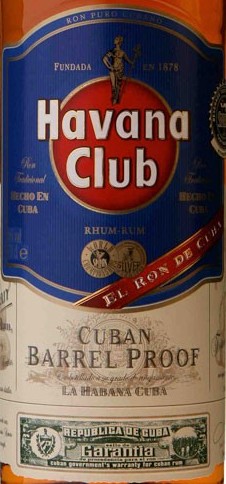 First posted 9th June 2010 on Liquorature.
First posted 9th June 2010 on Liquorature.
Let’s be clear from the outset, that this is a true Cuban rum, not a product of the Bacardi line which produces a rum under the same name and which it is being litigated against. The marque was first created in 1878 by Jose Arechabala in Santa Cruz del Norte, Cuba. Some might argue that Fidel had no business nationalizing the company after he took over the country in 1959, but the current crop of rums, produced in a 50:50 partnership with Pernod-Ricard since 1994 suggests that quality has not suffered in the interim (although I so find it amusing to see bourgeois capitalism raising its head in the workers paradise). Unfortunately, the embargo by the US against Cuba has limited the rums’ importation into the States…but we, as Canadians, suffer no such problems or shortages.
As I taste rums from more and more countries – thus far I’ve sampled from the Dominican Republic, Guyana, Australia, Trinidad, Jamaica, Barbados, Canada, Scotland, Venezuela, St. Croix, Antigua, Nicaragua, Puerto Rico and Anguilla – certain characteristics seem to be national in character: Antiguans make a lighter, smoother, sweeter rum, the Jamaicans favour some citrus and funkiness, the Venezuelans a drier, medium variety, and of course Guyanese make their famed Demerara rums with deep rich bodies. So I was intrigued what I would find from the Cuban stocks…this was my first sample of one, and in a midlevel price range (~$45 Canadian).
The first thing that struck me was the colour. One of the reasons I picked this picture to use on the post was because it almost perfectly shows the gold-bronze colour of the rum when sunlight hits it. Maybe that has something to do with how it’s made: distilled in used whiskey and bourbon barrels of white oak from the usual molasses, then blended together and aged some more in special casks (whatever that might mean) – this process is not the same as the solera method, since the blend is simply put into a second set of barrels in order to get an additional flavour profile. The box notes this as the “double barrel” method of maturation.
The nose is more complex than I expected. Hints of the usual suspects abound, but are well balanced with a certain fruitiness and woodsy flavour I could not precisely pinpoint. On the tongue I really liked it – I made sniffy noises at the Kraken the other day, for which I’m sure The Last Hippie has not forgiven me, but it had that same smooth oily texture that makes it slide down the throat as smooth as a tomcat pissing on a sheet of velvet (well: that’s me being metaphorical, but you get the drift). Vanilla, cinnamon, toffee, caramel, brown Demerara sugar….I keep seeing cane fields on fire at harvest season when I taste this, so strongly does it evoke memories of my boyhood. And the woodsy taste I noted before fades gently into the background, lending an overall piquancy to the taste. Just sweet enough without being overwhelming – reminds me of those cigarillos I used to smoke, which were flavoured with port wine for additional taste; the rum was something like that.
In summary, I’d suggest this is a solid top-tier mid-price rum, perhaps even a bit better. It has real complexity and flavour, is sweet enough for me without annoying the peat-heads and can be had neat or over ice, as well as in a cocktail – a coke solidifies the flavour and texture on the palate markedly, and I highly recommend it this way. I’d say that it’s on a level with the Cruzan Single Barrel rum or above, which was a very good piece of work, and so I’ll simply close by noting that for my weekend libations on the deck in the summer, I would never say no to this excellent product of Cuba.
Viva la revolucion!
(#023)(Unscored)
Other Notes
- This “Barrel Proof” rum was replaced around 2012 by the new “Seleccion de Maestros”, but it’s the same thing by another name.
- The age has never been disclosed, nor the components of the blend. Ageing was done in white oak barrels and a finish in some other casks that were also never mentioned.

